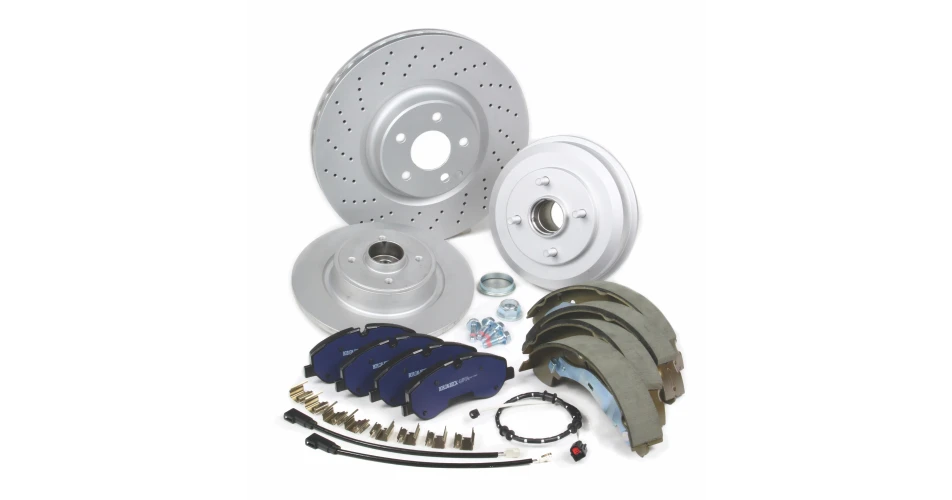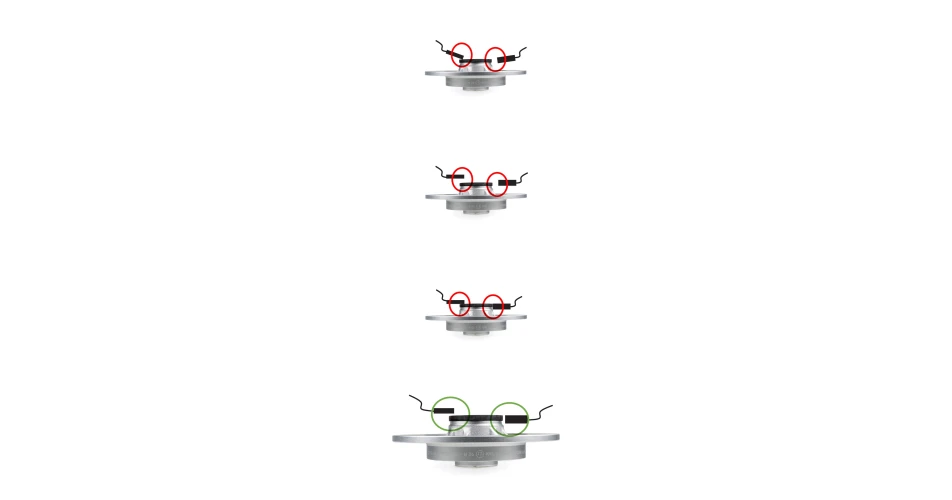Braking specialist Borg & Beck has issued some useful technical advice on rear brake disc fitting on certain Citroën/Peugeot models, especially in relation to the ABS sensor.
The company says that there are common errors with ABS sensor installation and it’s usually due to the positioning, such as the sensor not being aligned correctly, either at an angle, too far apart, or even touching. Minor mistakes during installation can mean the difference between the component working or being a risk to the safety of the car.
When installing new rear brake discs to Citroën and Peugoet models that have an integrated magnetic seal built in, it’s important to check the ABS sensor to ensure it’s located properly. The ABS sensor gives an accurate measurement of wheel speed rotation and due to its location, it’s common for rust and corrosion to contaminate the area, which may impact the functionality of the sensor readings when the disc is replaced.
It is therefore vital for technicians to ensure that the location of the ABS sensor is correct, as if corrosion has moved its position, it may result in a lack of signal and cause the indicator to light up on the dashboard and not work.
If the ABS sensor is touching the magnetic reader or the gap is not aligning correctly, the sensor should be carefully removed and the rust and corrosion from the ABS sensor seating location thoroughly cleaned. Once this area has been cleaned, the ABS sensor and brake disc should be reinstalled, with a clear 1-2mm gap visible between the two components.
As good practice, Borg & Beck suggests that technicians should replace both rear disc hubs at the same time to ensure optimum safety and efficiency.

